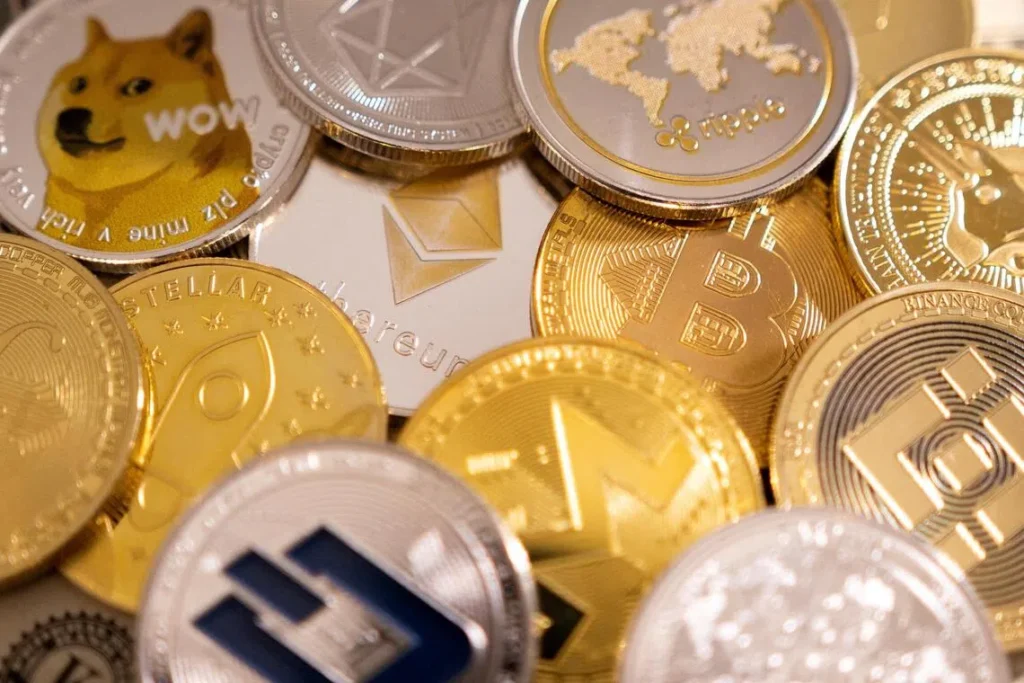PARIS/LONDON – Ten major banks including Bank of America, Deutsche Bank, Goldman Sachs and UBS are jointly exploring issuing a stablecoin, the latest sign of traditional finance seeking to get to grips with the growth of digital assets.
The group of lenders, which also includes Citi, MUFG, Barclays, TD Bank, Santander and BNP Paribas, will work together to explore creating blockchain-based assets pegged to Group of Seven currencies, the banks said in a statement on Oct 10.
The project, which is in its early stages, will explore whether there is value in issuing assets on public blockchains which are pegged 1:1 to real-world currencies – a type of cryptocurrency known as stablecoins.
“The objective of the initiative is to explore whether a new industrywide offering could bring the benefits of digital assets and enhance competition across the market, while ensuring full compliance with regulatory requirements and best practice risk management,” the banks said.
Various banks and other financial institutions have announced plans to look at launching stablecoins, as soaring crypto prices and US President Donald Trump’s support for the sector has sparked a revival of interest in the idea of using blockchain in the mainstream financial system.
Regulators and the financial stability authorities have expressed concern that stablecoins could facilitate the movement of funds outside regulated banking systems, potentially undermining the role of commercial banks in global payment flows.
Bank of England governor Andrew Bailey has warned British banks against issuing their own stablecoins, while the European Central Bank president Christine Lagarde said in June that privately issued stablecoins posed risks for monetary policy and financial stability.
So far, stablecoins have been largely used for moving money between crypto markets, which remain a small part of wider financial markets. Nearly nine-tenths of stablecoin transactions are related to crypto trading while just 6 per cent are for actual payment of goods or services, BCG estimated in a report earlier in 2025.
The market is dominated by the El Salvador-based Tether, which accounts for US$179 billion (S$232 billion) of the US$310 billion worth of stablecoins in circulation, according to CoinGecko.
France’s Societe Generale, which was not included in the list, became the first major bank to issue a dollar-backed stablecoin through its digital asset subsidiary earlier in 2025. The token has not been widely adopted, with just US$30.6 million in circulation.
A separate consortium of nine European banks, including heavyweights ING and UniCredit, said in September that they were forming a new company to launch a euro-denominated stablecoin.
Some bank bosses say they see greater promise in the tokenisation of financial assets, in which digital representations of assets such as deposits, stocks and bonds are created and stored on a blockchain. Citi chief executive Jane Fraser said in July that tokenised deposits were probably more important than a stablecoin.
Many such projects remain in the pilot phase, and executives said in 2024 that efforts to tokenise assets were moving more slowly than expected. REUTERS

